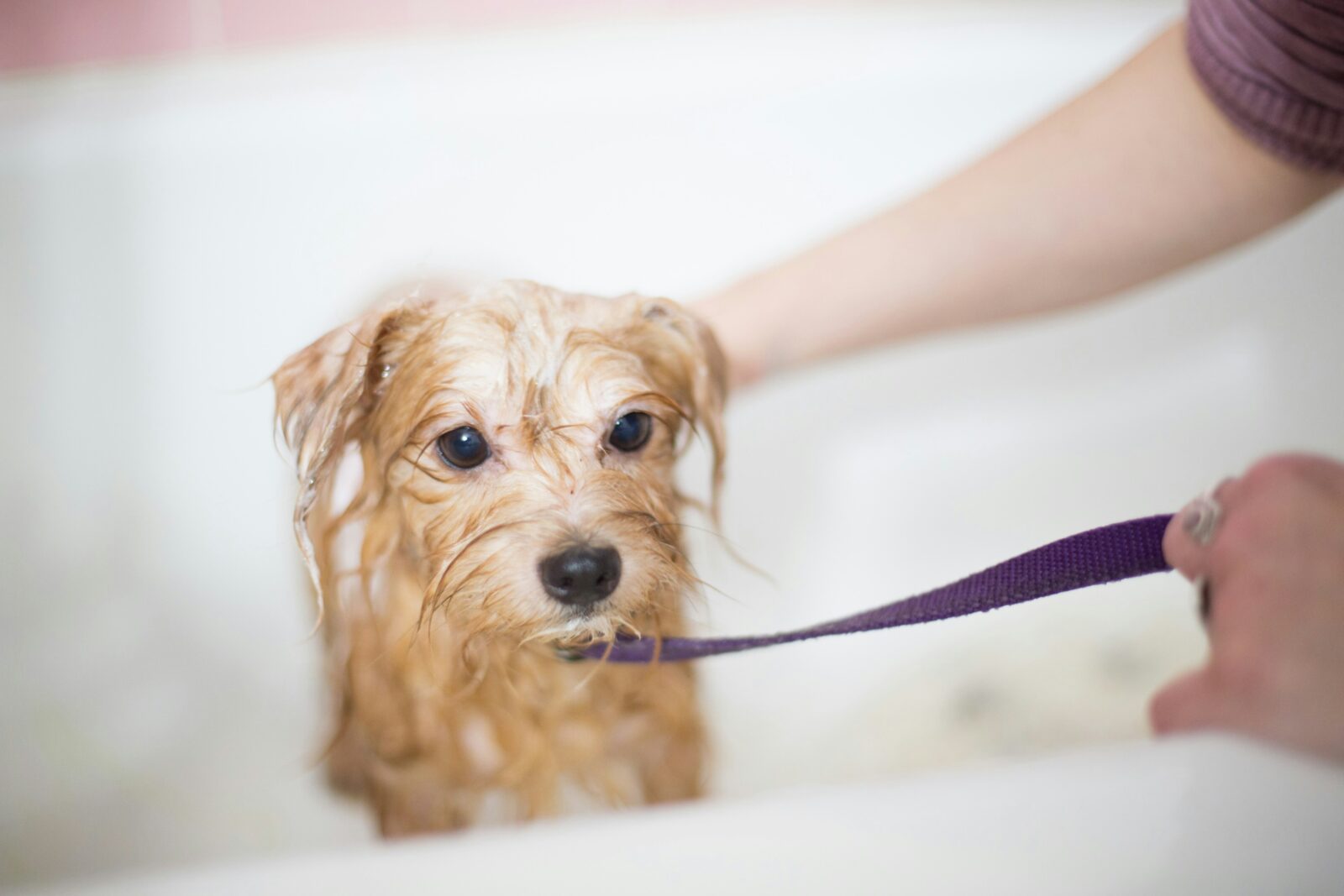Crate training is a crucial part of raising a well-adjusted puppy. It provides a safe, comfortable space for your new furry friend and can aid in housebreaking and behavioral training. However, getting it right is key to ensuring your puppy sees the crate as a positive place. In this guide, we’ll walk you through the essential do’s and don’ts of crate training your puppy to help you navigate this process effectively.
The Do’s of Crate Training a Puppy
1. Introduce the Crate Gradually
Start by allowing your puppy to explore the crate at their own pace. Place the crate in a common area of your home where the family spends a lot of time, such as the living room. Leave the door open and let your puppy investigate it. Encourage them to enter the crate by placing toys or treats inside. This gradual introduction helps your puppy associate the crate with positive experiences.
2. Make the Crate Comfortable
Ensure the crate is a cozy and inviting space. Add a soft bed or blanket to make it comfortable. You might also include a few of your puppy’s favorite toys to make the crate more appealing. A comfortable crate can help your puppy see it as a safe haven rather than a punishment.
3. Use Positive Reinforcement
Reward your puppy for entering the crate voluntarily. When they go inside, praise them enthusiastically and offer a treat. Positive reinforcement encourages your puppy to view the crate as a rewarding place. Consistent rewards and praise will help build a positive association with the crate.
4. Establish a Routine
Create a consistent schedule for crate time. Use the crate for naps, bedtime, and short periods when you’re away. Consistency helps your puppy understand that the crate is a normal part of their daily routine. A predictable schedule will also aid in housebreaking, as your puppy will learn to hold their bladder for longer periods.
5. Gradually Increase Crate Time
Start with short periods of confinement and gradually increase the duration as your puppy gets used to being in the crate. Begin with just a few minutes and slowly extend the time as your puppy becomes more comfortable. Avoid making abrupt changes, as this can cause anxiety.
6. Ensure Regular Breaks
Puppies need frequent bathroom breaks, especially when they are still learning to control their bladder. Ensure your puppy gets regular breaks to relieve themselves. This is crucial for housebreaking and helps prevent accidents in the crate. Take your puppy outside to potty before putting them in the crate and immediately after letting them out.
7. Maintain a Calm and Positive Attitude
Stay calm and positive during crate training. If you’re anxious or frustrated, your puppy might pick up on those emotions. Speak to your puppy in a soothing voice and avoid using the crate as a form of punishment. A positive atmosphere helps your puppy feel safe and secure.
The Don’ts of Crate Training a Puppy
1. Don’t Use the Crate as Punishment
Never use the crate as a place of punishment. The crate should be associated with positive experiences, not negativity. If your puppy sees the crate as a punishment, they may develop a fear of it, making crate training more challenging. Always use positive reinforcement and avoid putting your puppy in the crate in anger or frustration.
2. Don’t Leave Your Puppy in the Crate for Too Long
Avoid leaving your puppy in the crate for extended periods. Puppies need social interaction, exercise, and frequent bathroom breaks. Leaving them in the crate for too long can lead to anxiety and behavioral issues. Follow the general guideline that puppies can hold their bladder for about one hour for each month of their age, up to a maximum of around four to six hours.
3. Don’t Ignore Signs of Distress
Pay attention to your puppy’s behavior while they are in the crate. If they are excessively whining, barking, or showing signs of distress, it’s important to address their needs. They might need a bathroom break, more exercise, or simply more time to adjust to the crate. Ignoring these signs can lead to increased anxiety and make crate training more difficult.
4. Don’t Make the Crate Too Large
Choose a crate that is appropriately sized for your puppy. If the crate is too large, your puppy might use one corner as a bathroom area, which defeats the purpose of crate training. The crate should be large enough for your puppy to stand, turn around, and lie down comfortably, but not so large that it encourages them to relieve themselves in one corner.
5. Don’t Overuse the Crate
While the crate is a useful tool, it should not be used excessively. Overusing the crate can make your puppy feel isolated and lead to behavioral issues. Balance crate time with playtime, training, and social interaction. The crate should be a part of a well-rounded routine that includes various activities for your puppy’s development.
6. Don’t Give Up Too Soon
Crate training can take time and patience. Don’t be discouraged if your puppy takes a while to adjust. Consistency is key, and every puppy learns at their own pace. Stick with the training process and continue to provide positive reinforcement. With time and patience, your puppy will learn to love their crate.
7. Don’t Forget to Monitor Crate Condition
Regularly check the crate to ensure it remains safe and comfortable for your puppy. Look for any signs of wear or damage that could pose a risk to your puppy. Ensure that the crate is clean and free from any sharp edges or hazards. A well-maintained crate contributes to a positive and safe environment for your puppy.
Conclusion
Crate training is a valuable tool in raising a well-adjusted puppy. By following these do’s and don’ts, you can create a positive experience that benefits both you and your puppy. Remember, patience, consistency, and positive reinforcement are your best allies in crate training. With time, your puppy will come to see their crate as a safe, comfortable, and enjoyable space.
Happy training!











Leave a Reply